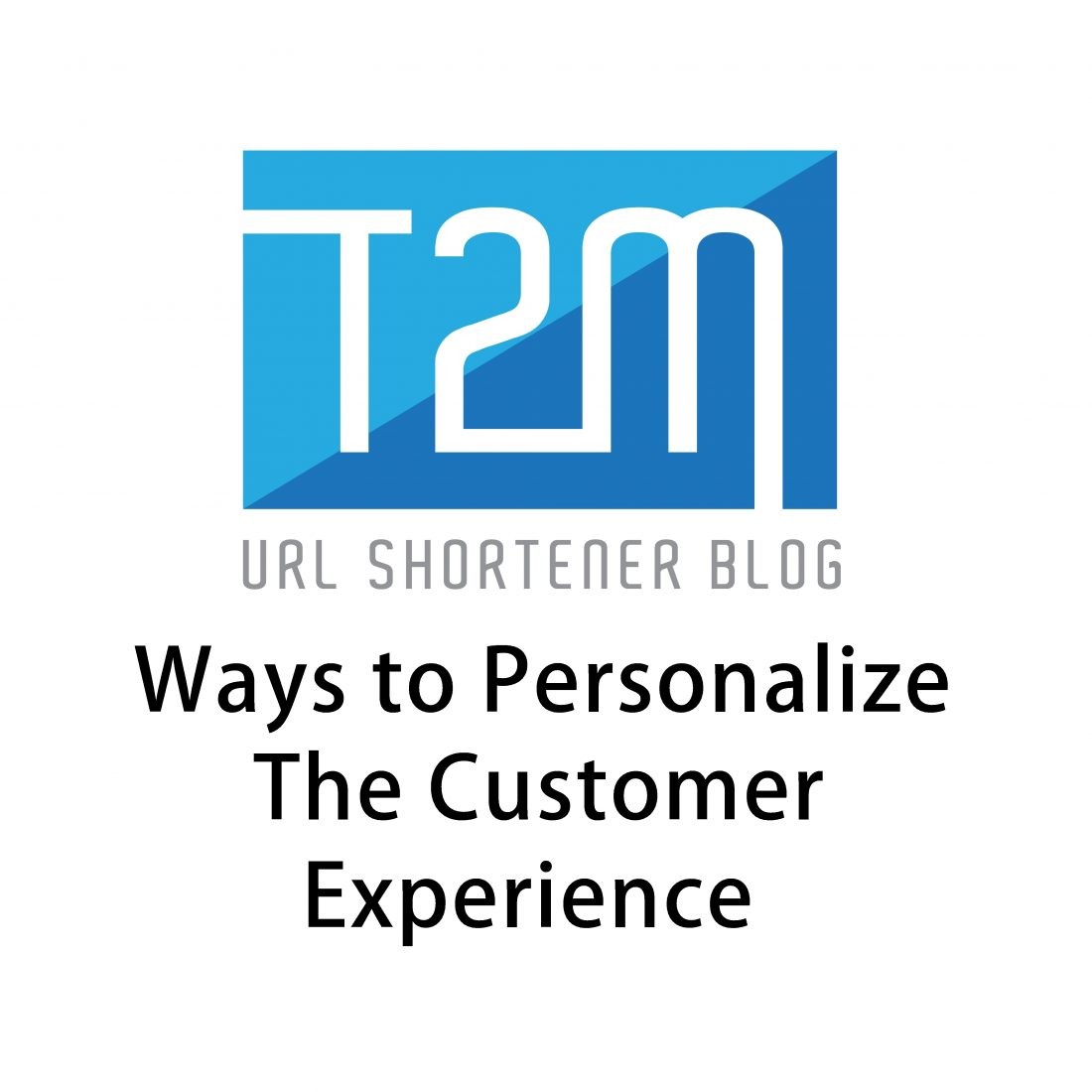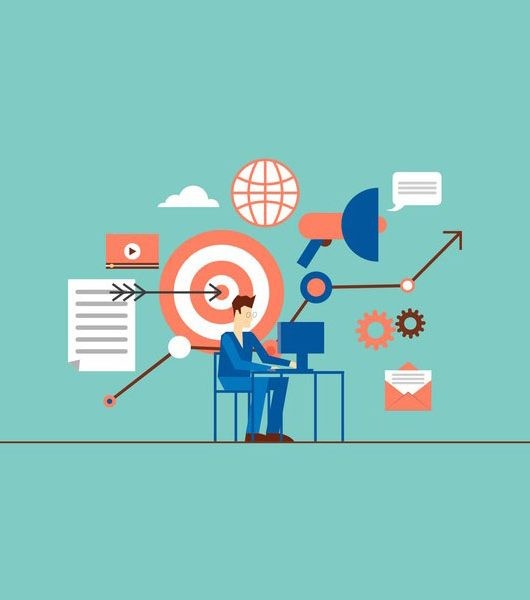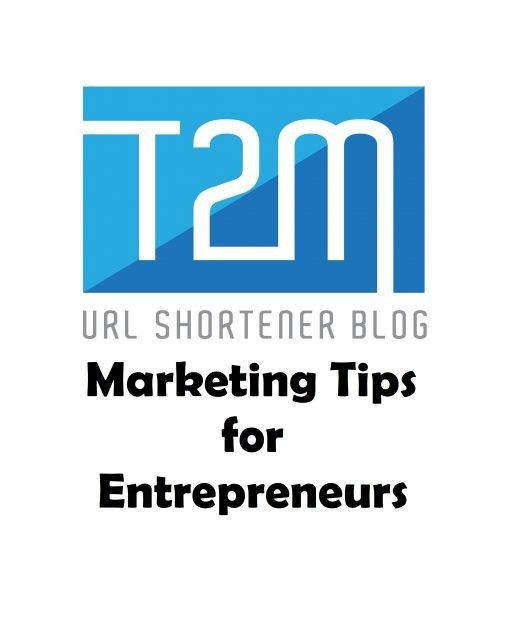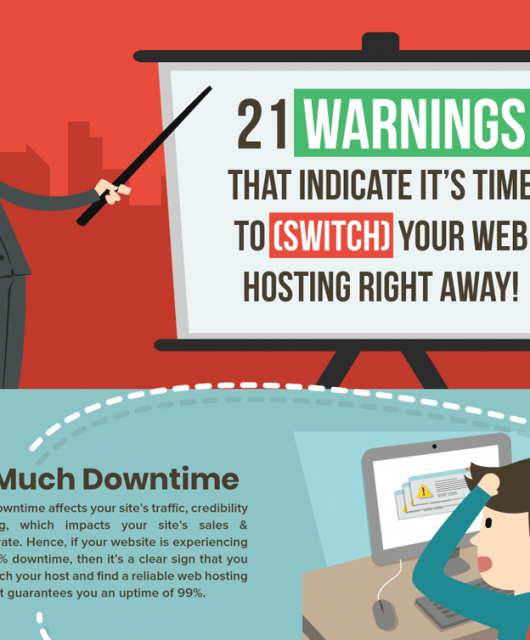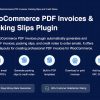From a large amount of information on the Internet and social networks, the consumer will have a difficult time when deciding on a product. Therefore, more and more brands are concentrating on finding the right key to achieve success, offering personalized offers of products and services that match the tastes and needs of the client.
What many do not know is that to get the conversion, one of the key factors is that the customer gets a unique experience and that must be achieved from minute 0, even before you click to enter the page.
But what do we need to know in order for the user’s shopping experience to be satisfactory? Let’s look at some key strategies that help increase the conversion and achieve your goals :
1. Custom content
A web that addresses the reader with a tone and a style that does not fit with this, will have all the lose. The purpose of a web page is to promote the desire of users to buy and this is infeasible if there is no previous connection in which the user feels the need to know more about the product or brand and to acquire it.
Focus on the home page and reflect on it everything one can find in your store, highlighting the best selling or popular products.
Two factors that can help us improve our sales at this point are the geolocation and redirection of the page depending on the country of the client that visits us. If we identify the customer’s location, we can offer you more customized promotions adapted to your needs.
On the other hand, if you want your customers to see your page in their language, we can change the language of the store knowing the IP address they use when they visit the website. In this way, the page could redirect automatically to the store to serve your region. We have a clear example on Amazon or eBay.
2. Decrease the number of clicks for the purchase
One of the reasons for abandoning the carts in an e-commerce is the long process that the user has to go through to make the purchase. On many occasions, they have to fill in data that is irrelevant, which means that they think more about the purchase or that they do not have enough time to finish the process.
3. Advertising adapted to the user
Use banners adapted to the user according to their interests, tastes, favorite brands, etc. This information can be obtained thanks to the technology of cookies, through which we can track customers when they move from one page to another.
The operation is simple: a user visits our online store and a cookie is placed in his browser. These cookies keep data about the pages they have visited, the time of visit, etc. When they visit another site, cookies activate software that redirects the client to an advertisement related to the site they visited at the beginning.
If done well, it can be successful but for that, you have to know the user perfectly and provide them with ads that meet their needs and are related to their behavior and purchase purposes.
4. Recommendations for similar products
Product recommendations are key if they are made at the right time and in the right way. First, you have to think if the product that we are going to recommend is appropriate, that is, question whether the recommendations are personalized if it is related to those products that the customer has selected to buy and are inside the shopping cart.
The recommendations will increase the volume of clients cart and that is our final goal, the more he/she buy better.
5. Customize your email campaigns
The more personalized the email marketing campaigns are, the closer we will be to the needs of our customers and the more interesting our products will be.
Offer discounts, promotions or suggest new products based on the purchase you have just made. This will make the client place more confidence in the brand, return seeking more benefits and share their experience with everyone through social networks or by word of mouth.


